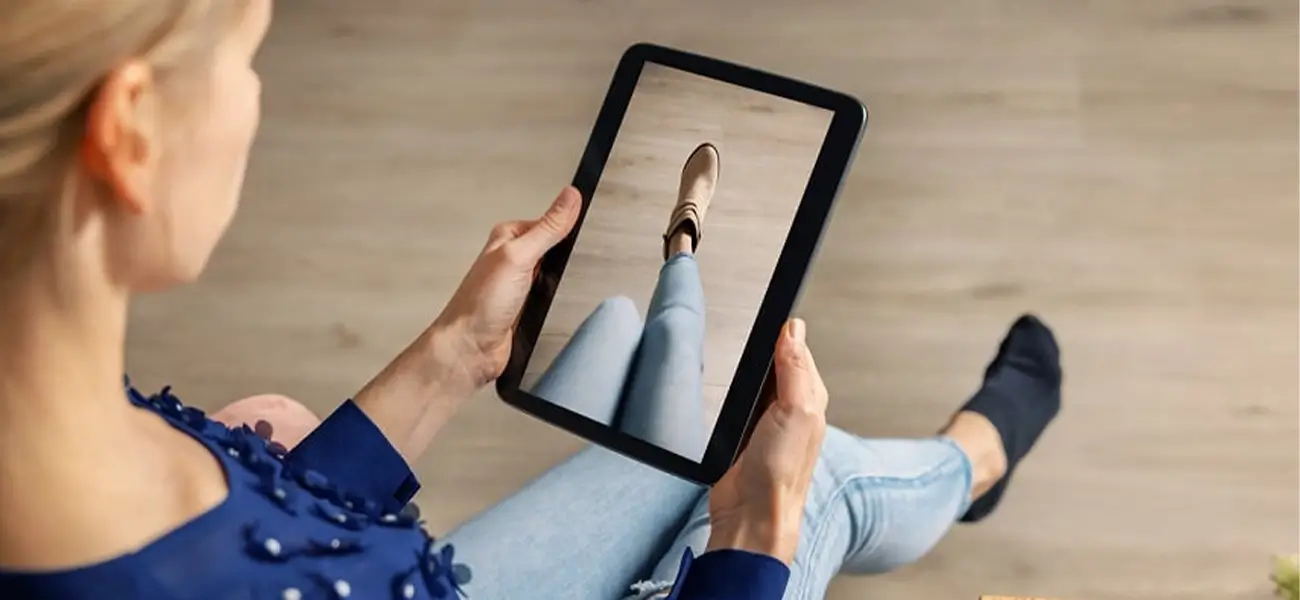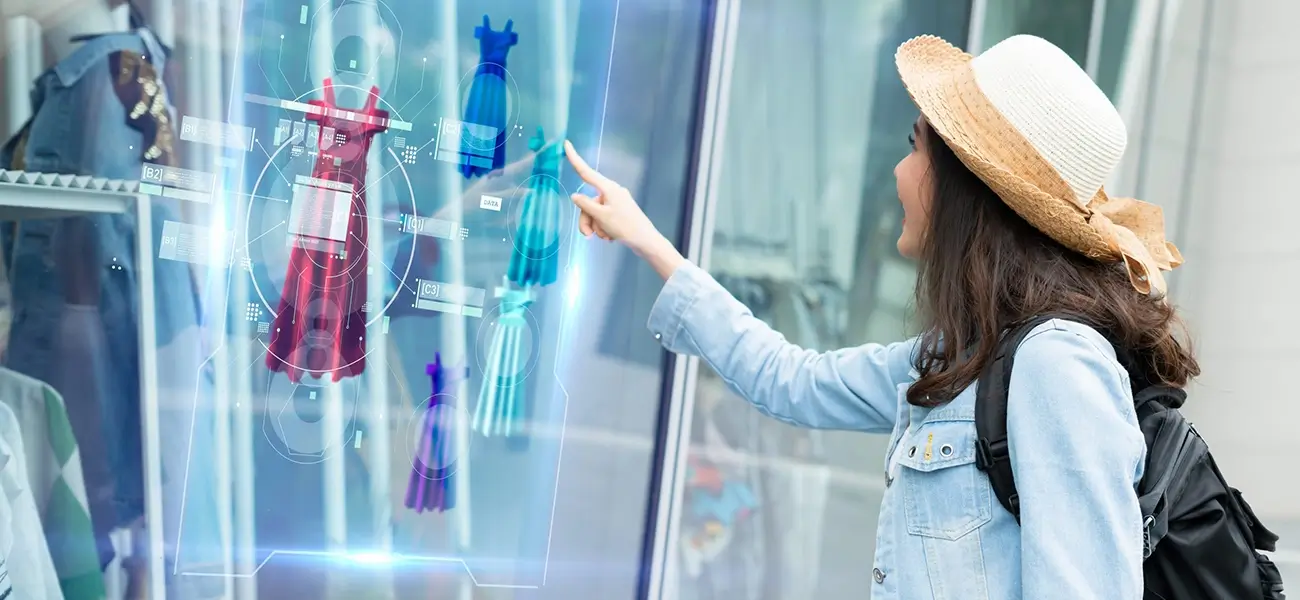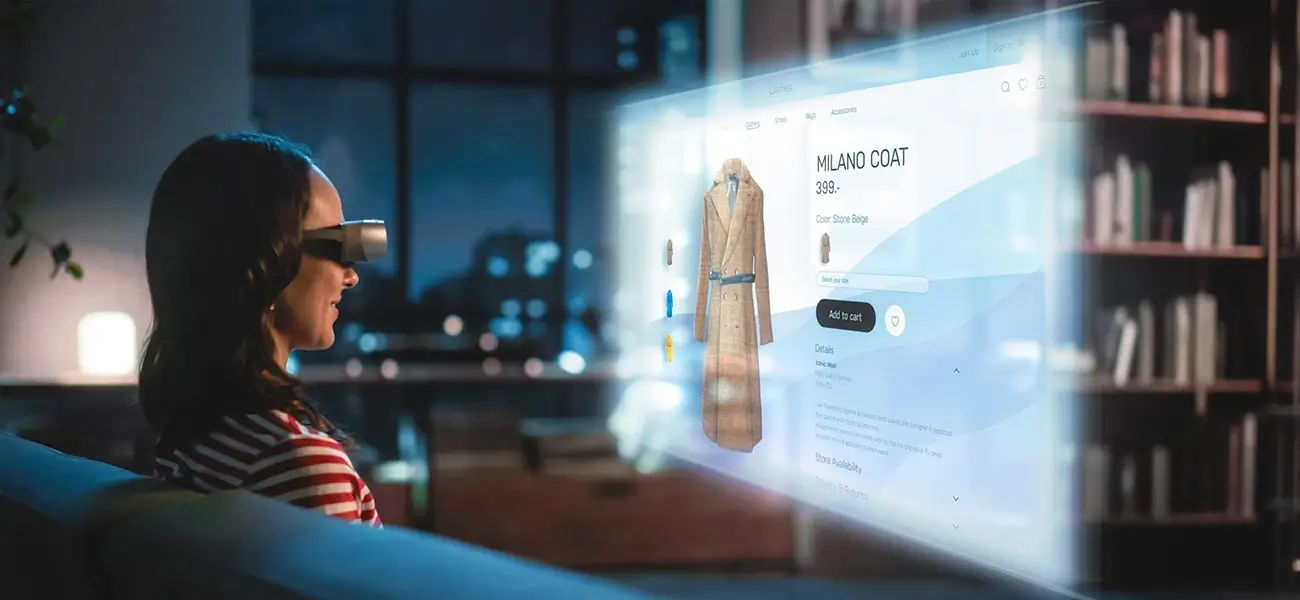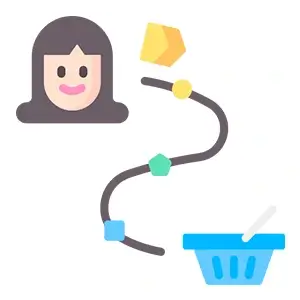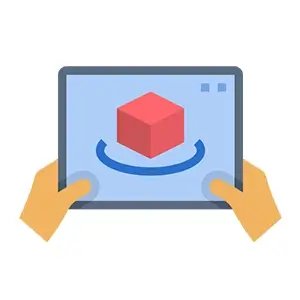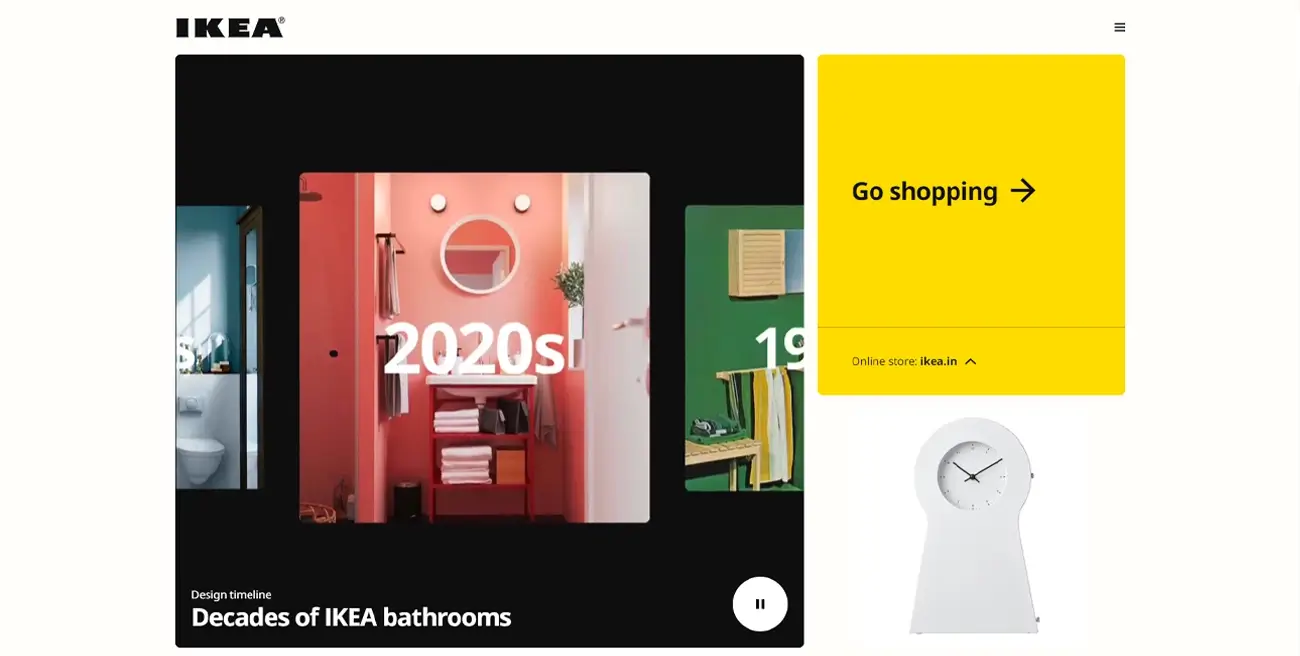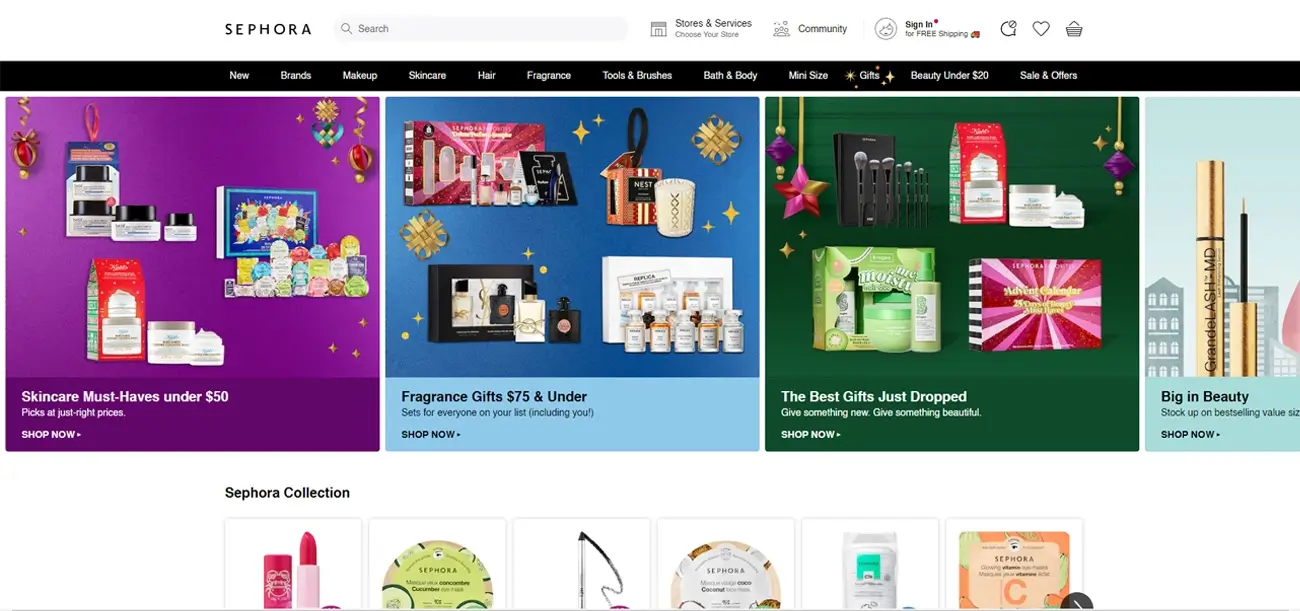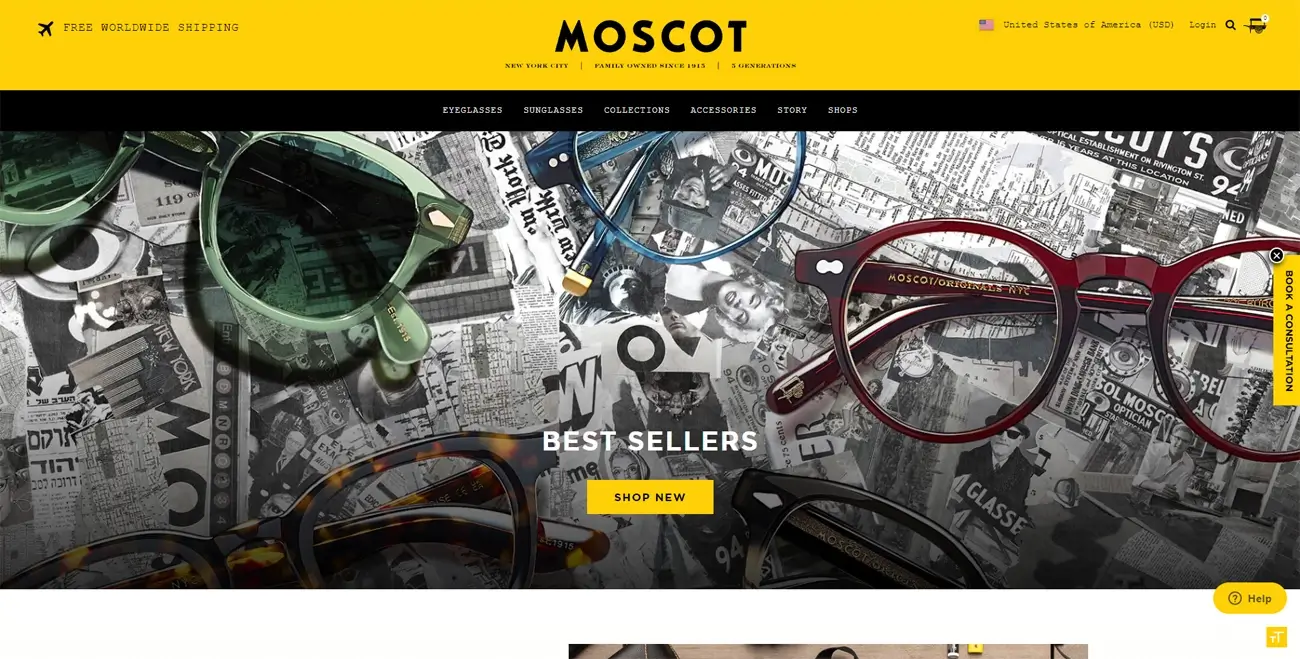Every now and then, new technologies are making steady advancements in the eCommerce space. Retail businesses keep looking for more ways to improve customer satisfaction, sales process, brand awareness, and other aspects to stay ahead of the competition. One such technology that has been quite useful for the same is AR and VR.
AR and VR in eCommerce have greatly helped retailers to make the customer’s shopping experience more friendly, intuitive, and satisfying. With its help, the eCommerce industry has experienced a huge breakthrough and has changed the way the business used to function.
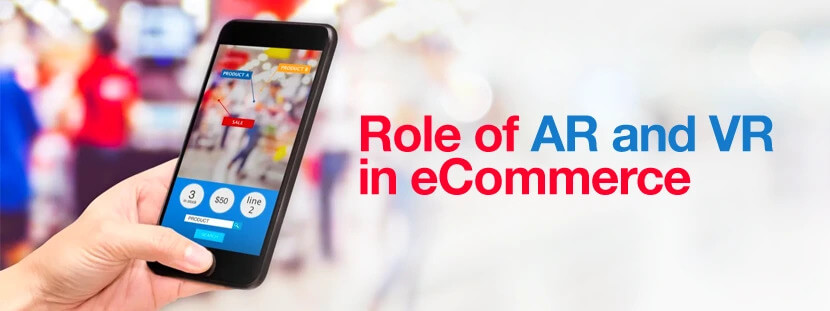
Here, you’ll learn all about the various applications and benefits of VR and AR in shopping. Let's start with how they are incorporated.
How AR and VR can be incorporated into online shopping?
-
Virtual try-on

Virtual try-on or VTO is the most common application of AR in eCommerce. It helps customers to make informed choices about purchasing a product. Besides, brands also get to manage customer expectations better.
With a virtual try-on, customers can see themselves with the product on their mobile screens or any other device that is equipped with a camera. This technology is proven to drive cross-channel web traffic by attracting customers who are looking for enhanced shopping experiences. So, virtual try-on can be a revolutionary solution for retailers in clothes, shoes, eyeglasses, and jewelry businesses.
Not just this, but a few augmented reality solutions also enable consumers to see what a particular object looks like in real-world surroundings. This type of technology is particularly helpful in the décor industry. A buyer can easily figure out how a piece of furniture will look in their house.
-
Virtual product display

In a physical store, a retailer can attract customers with dynamic product displays and by creating a fun environment. The same isn’t possible in an online store. However, VR in eCommerce can aid in minimizing this gap.
Brands can use virtual reality to display their products in a virtual environment. It can show how customers can use a particular product.
Aside from that, brands can also use VR to recreate the social aspect of shopping. They can take a look at the virtual store with their friends in real-time and interact with each other regarding a product. They can even consult with a virtual member in case they need any assistance. Thus the need for product 3d modeling services increased rapidly from the past few years.
-
Interactive user manuals

Another important application is, that it can be used for creating interactive user manuals. Let’s say there’s a product, maybe a coffee machine. With augmented reality, it is possible to create a virtual walkthrough for customers. It can show how to set it up, explore different features, etc.
This type of application is usually helpful to the post-sales support team and can reduce their stress while dealing with customers. It not only teaches consumers how to use the product but also makes them aware of a brand. This in turn can improve engagement.
-
Indirect sales

AR and VR may not directly help with the sales process but can surely help indirectly. They can share a glimpse of what it’s like to use their products, which can intrigue customers about the product. It may even encourage them further to buy the product. Both technologies can be used in building brand awareness and create buzz in the industry.
How do AR and VR benefit eCommerce brands?
Augmented reality and virtual reality can provide immeasurable benefits to eCommerce brands that can drastically improve customer satisfaction levels, sales, and other key metrics. Below are the various ways they usually help.
-
Removing friction from the customer’s journey

Despite the increasing adaptation of eCommerce, there may still be some friction in the journey of online buyers. Both AR and VR can help in effectively reducing that friction.
Instead of taking the gamble of buying and then returning products that don’t seem good, consumers can try them on AR. Using augmented reality in eCommerce can also help them to find a solution to their problems without speaking to a customer service team.
For instance, if they would like to know about the dimensions of the sofa, they can virtually place it in the desired room with the help of VTO technology. So, there's no need to talk to the customer care executive.
-
Reducing the rate of returns

Augmented reality and virtual reality can also aid in reducing the rate of returns, especially in the fashion and e-commerce domain.
The try-before-you-buy initiative presented by AR and VR enables shoppers to visualize a product and make them more confident while purchasing. AR in clothing can also eliminate the need for purchasing multiple versions of the same product.
-
Improving online marketing efforts

AR and VR are currently playing a major role in improving digital marketing efforts and are likely to do the same in the future. Facebook has already started employing AR to produce eCommerce ads. Google is also planning to incorporate AR product images into its organic as well as paid search results.
By clicking on the View in 3D button, users can view and interact with 3D product models. This can make them proceed to the checkout page and buy the product.
From the above, it is quite clear how beneficial AR and VR can be. However, the benefits are more suitable to the fashion, eCommerce, and home decor business, where size and aesthetics are the key factors. Now, let’s check out the various e-commerce brands that are already using AR and VR.
Brands that have already incorporated AR and VR in eCommerce
-
IKEA

The IKEA app uses AR technology to render 3D furniture images in the room via the smartphone’s camera. It can allow customers to see what a piece of furniture will look like once they are placed inside their house. The app also lets users reposition the furniture as per their liking.
-
Sephora

One of the best examples of how to use augmented reality in fashion retail is Sephora’s Virtual Artist. The tool can help customers to try on several makeup products, such as different shades of lipsticks, false lashes, eyeshadows, etc. offered at Sephora.
Apart from this, customers get to see beauty tutorials on how to achieve a certain look on their faces digitally. Sephora also recently introduced a new feature known as Color Match that uses AI to help shoppers find the right shade of a particular product for their skin tone by uploading their pictures.
-
MOSCOT

MOSCOT is another global fashion eyewear brand that has started using AR and VR to provide a seamless VTO experience to its customers. Here, customers won’t even need an app. The main aim of MOSCOT is to deploy AR and 3D to bring timeless style and quality to the life of their digital shoppers.
Conclusion
In conclusion, augmented reality (AR) and virtual reality (VR) are transforming the eCommerce landscape by offering immersive shopping experiences that engage customers like never before. By integrating AR and VR, businesses can provide innovative product visualizations, allowing shoppers to interact with products in a virtual space, enhancing their decision-making process. Leveraging augmented reality services and virtual reality services can help eCommerce platforms stay ahead of the curve, offering personalized experiences that drive customer satisfaction and boost sales. As these technologies continue to evolve, adopting them will not only improve user engagement but also create long-term value for businesses looking to excel in the competitive online marketplace.

